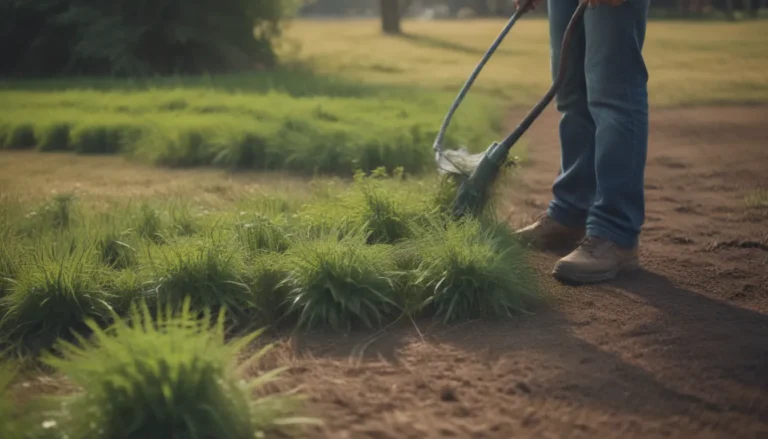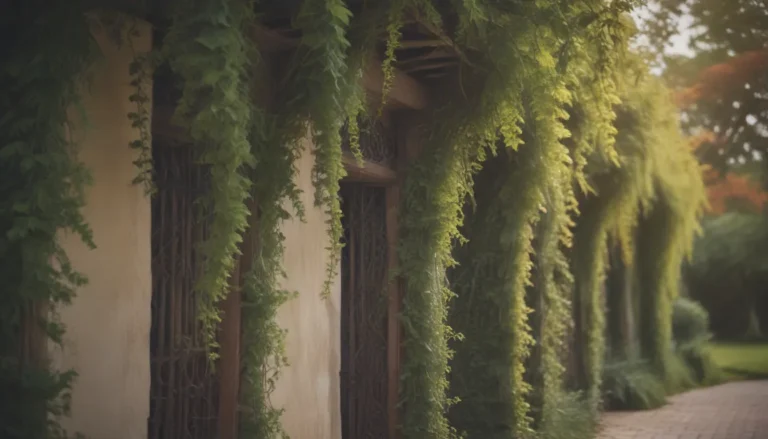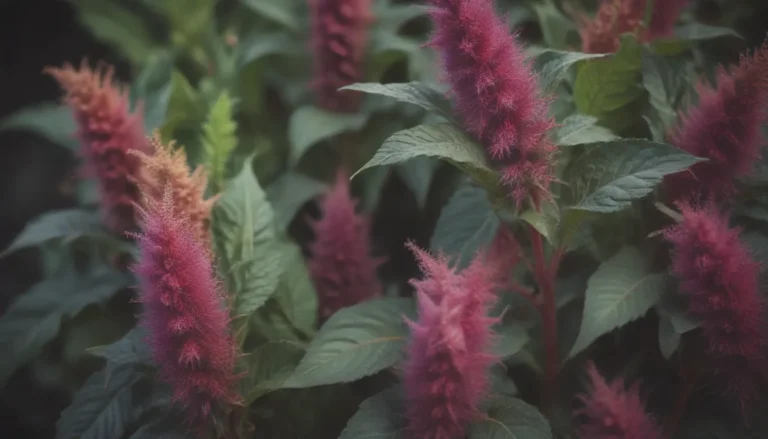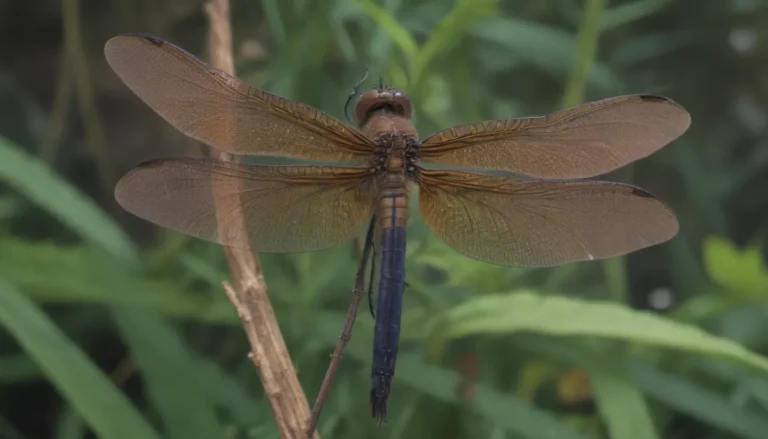Everything You Need to Know About Getting Rid of Voles in Your Yard and Garden
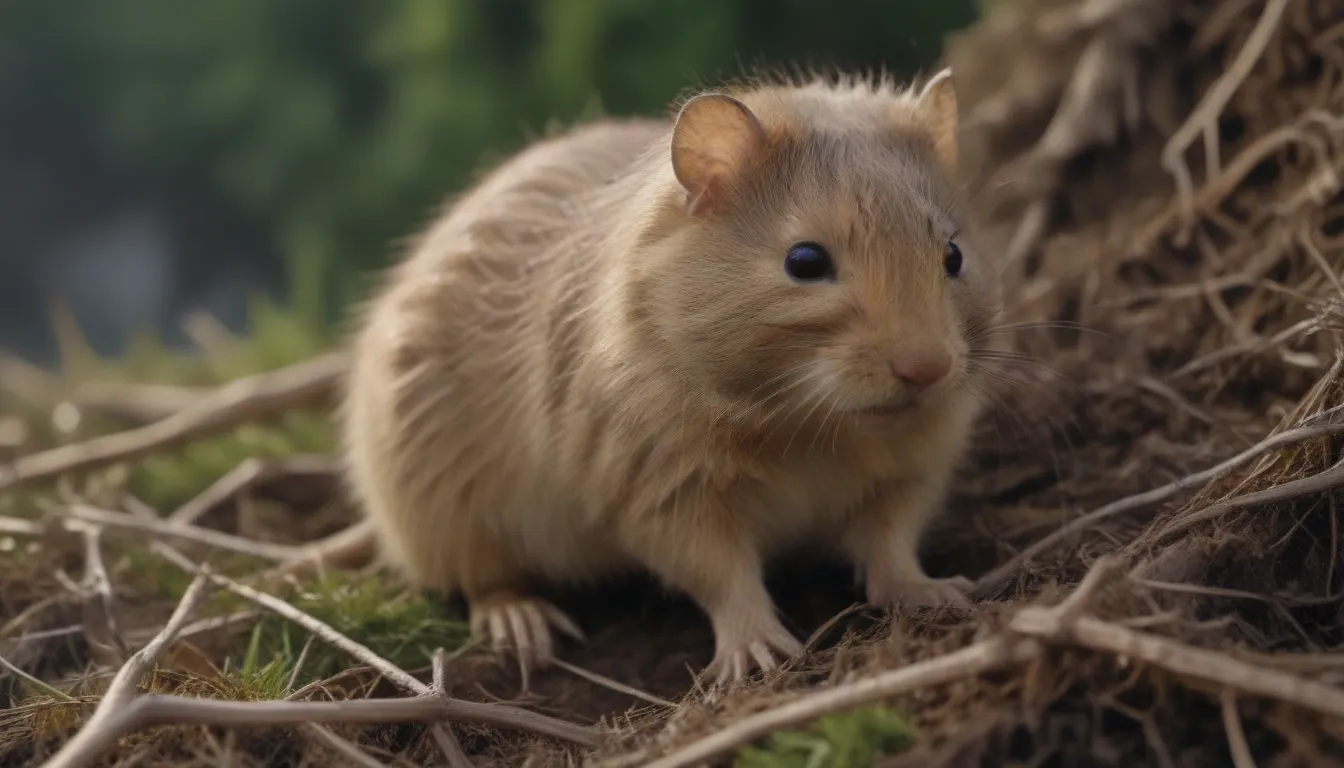
If you’ve ever walked out into your yard or garden and noticed small, furry creatures wreaking havoc on your plants, you may have a vole problem. Voles, also known as meadow mice, are tiny, mouse-like rodents that can cause significant damage to your lawn, trees, and garden. But fear not! In this comprehensive guide, we will walk you through the best methods to get rid of voles and keep them from coming back.
Understanding Voles and Their Behavior
Before we dive into the various ways to eliminate voles from your yard, let’s take a closer look at these pesky rodents and their habits:
- Voles are small, mouse-like rodents that feed on grasses, herbaceous plants, bulbs, tubers, bark, roots of trees, and seeds.
- They construct well-defined runways near the ground’s surface, resulting from their constant traffic and vegetation-eating habits.
- Voles can cause extensive damage to landscaping shrubs, trees, perennials, and root crops in the garden.
Now that we have a better understanding of voles and the havoc they can wreak, let’s explore some effective methods for getting rid of them.
7 Effective Ways to Get Rid of Voles
1. Mouse Traps
- The best time to trap voles is either in autumn or late winter.
- Set up mouse snap traps in the voles’ runways to kill them.
- Use peanut butter as bait to lure voles into the traps.
2. Live Traps
- If you prefer not to kill the voles, use live traps to capture and relocate them.
- Place the traps in the voles’ paths and consider using peanut butter as bait.
- Note: Check local regulations before relocating pest rodents.
3. Commercial Repellents
- Thiram-based vole repellents like Shotgun Deer, Bobcat urine, and Rabbit Repellent can be effective.
- Reapply the repellents frequently as they may dissipate with rain.
- Keep in mind that voles can become accustomed to the smell over time, reducing the repellent’s effectiveness.
4. Fencing and Gravel
- Use wire mesh garden fencing to prevent voles from gnawing at the base of trees and plants.
- Bury the fencing at least 6 to 10 inches below the ground surface to prevent burrowing.
- Voles dislike crossing sharp gravel, so consider adding gravel around plants to deter them.
5. Natural Repellents
- Voles dislike the smell of capsaicin found in spicy peppers.
- Create a spray using chopped hot peppers, water, and dish soap to deter voles.
- Another natural repellent is castor oil, which can be mixed with water and sprayed around plants.
6. Natural Predators
- Consider introducing natural predators like fox or coyote urine to your yard.
- Voles find the scent of these predators abhorrent and may be driven away by it.
7. Plant Repellents
- Plant garlic, alliums, daffodils, iris, salvia, and snowdrops to help repel voles.
- Voles dislike the scent of these plants, making them less likely to feed on them.
How Voles Damage Lawns and Gardens
Voles can cause significant damage to your lawn and garden by burrowing into the root systems of plants and trees, leading to lean or dying specimens. Their runways and constant traffic can result in unsightly lawn patches and damaged vegetation. Understanding the extent of the damage voles can cause is crucial in taking proactive measures to eliminate them from your yard.
What Causes Vole Infestations?
It’s important to identify the factors that attract voles to your yard and garden to prevent infestations. Some common causes include untended yards, snowy winters, and population surges. By addressing these factors and implementing preventive measures, you can reduce the likelihood of vole infestations in your outdoor spaces.
How to Prevent Voles in Your Yard and Garden
Taking proactive steps to prevent vole infestations is key to maintaining a healthy yard and garden. Here are some tips to help you prevent voles from causing damage:
- Keep your garden weeded and avoid planting dense ground covers.
- Maintain a well-mowed lawn and avoid applying mulch too close to trees and shrubs.
- Protect shrubs and young trees by wrapping the lower trunk with wire mesh.
- Clear snow from plant roots in winter to discourage voles from burrowing.
Understanding Voles vs. Moles
While voles and moles are often confused due to their similar-sounding names, they have distinct characteristics and behaviors. Voles are more destructive to plants, while moles primarily feed on grubs and earthworms. By understanding the differences between these pests, you can better address infestations and protect your yard and garden from damage.
In conclusion, voles can pose a significant threat to your yard and garden, but with the right strategies and preventive measures, you can effectively eliminate them and prevent future infestations. By incorporating these tips and methods into your pest management plan, you can enjoy a beautiful and thriving outdoor space free from vole damage.
